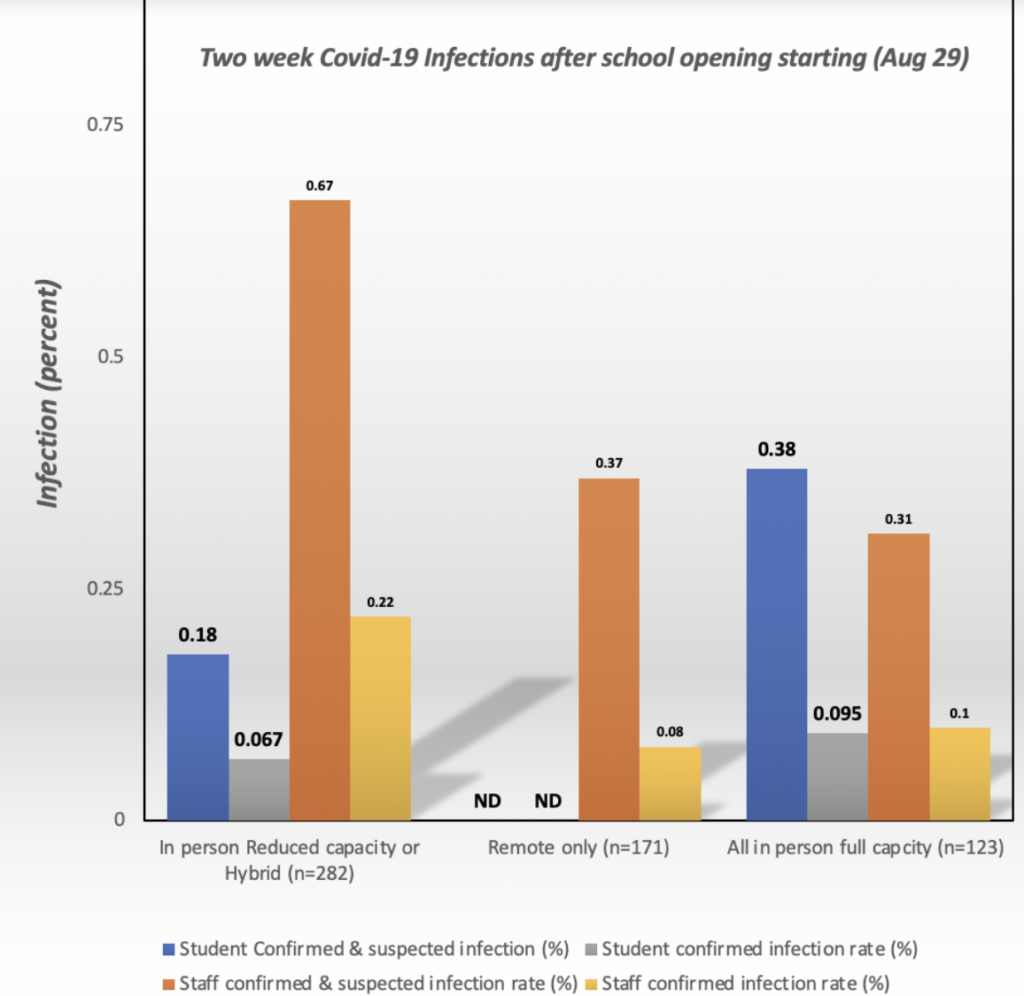Photo: Belmont School District headquarters on Pleasant Street.
Saying the Belmont School District was “making a decision regarding the safety of students, educators, and families,” Belmont Schools Superintendent John Phelan announced that all Belmont students will transition to the remote schedule for the week following Thanksgiving, Nov. 30 to Dec. 4.
“It is not a decision we take lightly,” said Phelan. “While we wish we did not have to make a decision, we are confident it is the safest choice during this time of increasing transmission rates, nationally, state-wide, and locally.”
Elementary and Middle School pupils will revert back to the remote plan from their current hybrid schedule and the introduction of the hybrid model for Belmont High School students scheduled for this week will be delayed.
Pre-K and LABBB will remain in-person for the week. Transportation for those programs will continue as regularly scheduled.
In an email to the Belmont community, Phelan noted the decision was based on six factors relating to the safety of students, educators and families.
“The decision for any school district cannot hinge on a single factor, but rather on a consideration of all factors taken together,” said Phelan.
Those factors include:
- Communication with families regarding their travel and hosting plans.
- Analyzing our staffing data to get a sense of educators’ travel and hosting plans.
- Coordinating with available substitutes.
- Seeking the advice of the Belmont Health Department
- Networking with other superintendents in the Middlesex League athletic league
- Discussing this topic publicly at our Nov. 24 School Committee meeting
“It is our hope that by being proactive and strategic in the short-term we will avoid difficulty in the long-term,” said Phelan.
